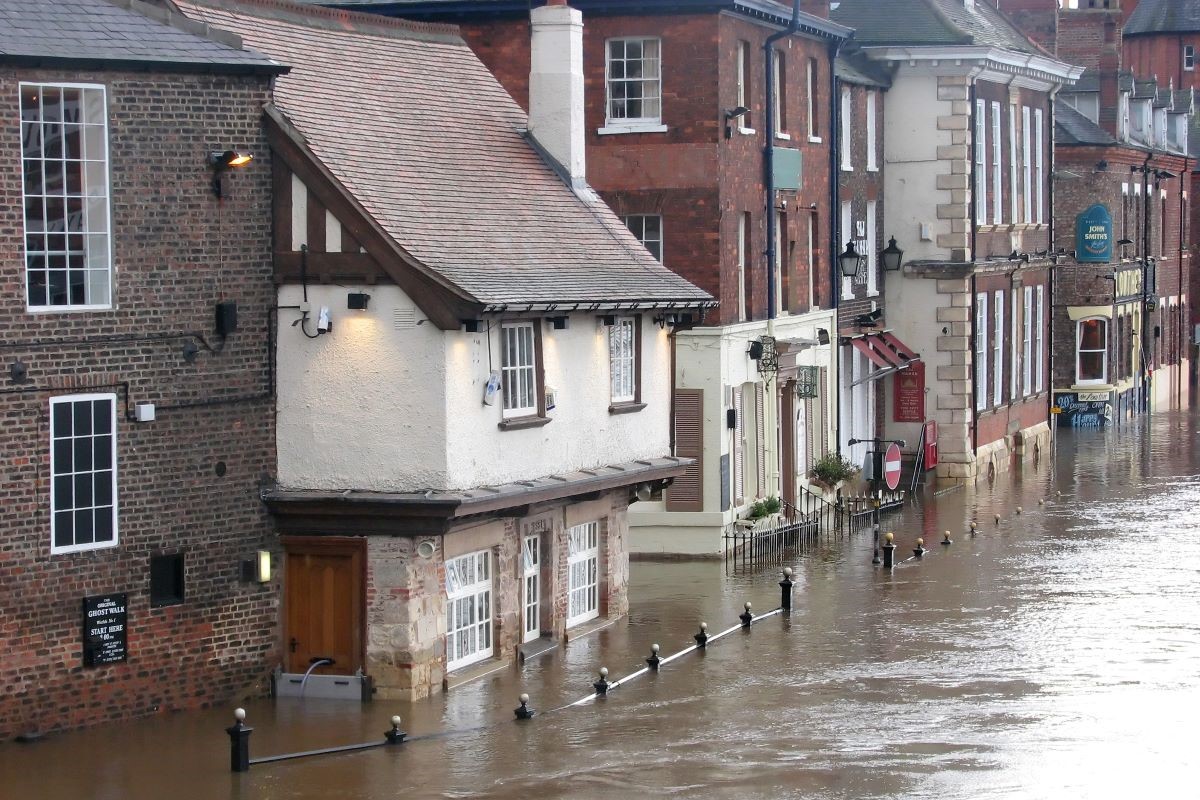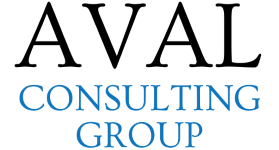Flood Risk, Drainage, and SuDS Strategy Consultants for Planning
Email your requirements to
contact@aval-group.co.uk
Call us now to discuss
0333 006 2524
Get Your Free Quote
If you have a specific deadline, we will ensure that we meet your project timeline and all requirements.

Drainage Design, SuDS, Flood Risk Consultants and Statement
Drainage strategy planning, flood risk consultants, SuDS drainage design, and the assessment of flood risk are critical for a successful planning application. A drainage design statement is often required for a sustainable drainage strategy for development planning to ensure adequate drainage capacity is implemented in a sustainable manner.
Whether you are a developer, business or homeowner, our flood risk specialists will assess the risk and give you cost-effective advice on the measures you can take to manage the risk to a new or existing development. If your site is within Flood Zone 2 or 3, or is over one hectare within Flood Zone 1, national planning policies now require your planning application to include a flood risk assessment (FRA), or flood consequence assessment in Wales. Our consulting services are based on the latest guidances such as National Planning Policy Framework (NPPF), Planning Practice Guidance (PPG) and relevant Environmental Permitting Regulations. Our experts specialise in providing assessments for planning applications for new developments and also change of use for existing development. In addition, we also assist our clients with discharging reserved matters.
What is an FRA and when it is required?
An FRA identifies the level of flood risk to a new or existing development from all sources of flooding and identifies necessary mitigation measures to ensure the development is safe from flooding.
Developments may require an FRA to accompany a planning application if the development is:
- in flood zone 2 or 3 including minor development and change of use;
- more than 1 hectare (ha) in flood zone 1;
- less than 1 ha in flood zone 1, including a change of use in development type to a more vulnerable class (for example from commercial to residential), where they could be affected by sources of flooding other than rivers and the sea (for example surface water drains, reservoirs); and
- in an area within flood zone 1 which has critical drainage problems as notified by the Environment Agency.
the Development Advice Maps (DAM) are utilised to decide when flood risk issues should be considered for developments within Wales.
FRA may also be required to achieve environmental accreditation such as BREEAM and also for insurance purpose when purchasing a new property or for due diligence.
Our Approach to FRA
A typical FRA may require to carry out one or more of the followings:
- A baseline review of the existing conditions including review of any existing relevant flood risk data;
- A review of relevant flood information and data (from the EA or the Local Planning Authority);
- Identify level of existing flood protection and consult with the relevant authority to define the specific flood risk issues associated with the site;
- A review of local flood risk documents such as Strategic Flood Risk Assessment (SFRA), Surface Water Management Plan, and any relevant flood modelling and historical records;
- Identify site-specific flood risk issues and flood mitigation options;
- An outline and justification of any proposed mitigation measures associated with the design, location and operation of the development; and
- Produce a standalone report detailing the above suitable to accompany the planning application. Our assessments can be as simple as a short written statement or a detailed hydraulic flood modelling report depending on the level of flood risk.
Our Flood Risk Consultant Team can analyse multiple data sources to provide a comprehensive flood risk assessment that:
● Meets essential requirements for planning applications
● Identifies and addresses potential risks to planning approval
● Suggests mitigation measures if risks are identified
● Assesses development proposals against national and regional planning policies
● Determines the likelihood and extent of flooding both now and in the future
We tailor our reports to our client’s needs. Our reports typically include these key elements:
- Flood risk evaluations as guided by the national planning policy (NPPF (PPS25), SPP, TAN 15, PPS-15);
- A clear assessment of the likelihood and extent of potential flooding for the site and surrounding area;
- A summary of any existing information on the history of flooding on the site;
- Details of any existing flood alleviation measures which could protect the site from flood;
- Recommendations for surface water management and a sustainable drainage strategy (SuDS); and
- Recommendations to reduce the risk of flooding.
Sustainable Drainage Systems (SuDS)
Methods that take account of water quantity (flooding), water quality (pollution) biodiversity (wildlife and plants) and amenity are collectively referred to as Sustainable Drainage Systems (SuDS).
We can assist you with preparation of a drainage statement with a SuDS Strategy to demonstrate a sustainable design for transport (convey) of surface water, slow runoff down (attenuate) before it enters watercourses to store water in natural contours and can be used to allow water to soak (infiltrate) into the ground or evaporated from surface water and lost or transpired from vegetation (known as evapotranspiration).
SuDS are drainage systems that are considered to be environmentally beneficial, causing minimal or no long-term detrimental damage. They are often regarded as a sequence of management practices, control structures and strategies designed to efficiently and sustainably drain surface water while minimising pollution and managing the impact on water quality of local water bodies.
Detailed Drainage Design
Our expert Civil Design Engineers have completed a range of projects both Nationally and Internationally.
Services are provided in house from master planning, feasibility and planning applications, authority negotiations and detailed design schemes for clients from a selection of backgrounds. Including developments that size from individual dwellings up to large housing estates/urban villages, retail, education, health, and employment schemes. We would be delighted to assist you with the following:
- Development and agreement of drainage strategies;
- Detailed design of drainage systems;
- Detailed design and approval of adoptable drainage systems (Section 104); and
- Bulk Earthworks Assessment.
FRA – Sequential and Exception Tests
A sequential test is likely to be needed if the following apply:
- The proposed development is in flood zone 2 or 3; and
- a sequential test hasn’t already been done for the development if this is required by the local policy.
The exception test should be done for developments with a flood risk vulnerability classification of:
- ‘highly vulnerable’ in flood zone 2;
- ‘more vulnerable’ in flood zone 3a; and
- ‘essential infrastructure’ in flood zone 3a or 3b.
We regularly update our website content to maintain its accuracy and relevance. Thus enhancing user experience and helping both new and returning visitors To ensure the accuracy and relevance of our website, we frequently update its content. This not only improves the user experience but also assists both new and returning visitors in quickly and effortlessly finding the information they need.

